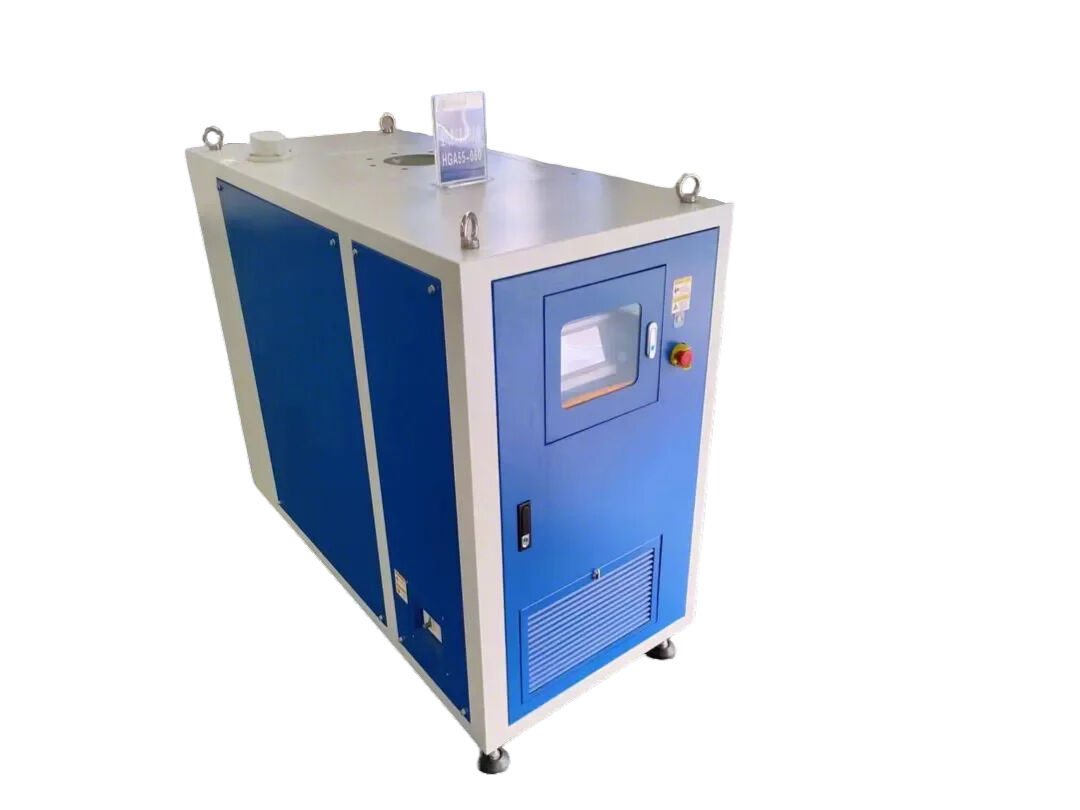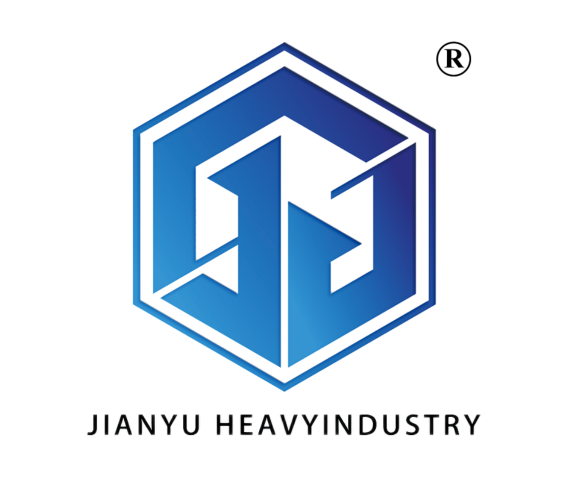equipment in aquaculture
Aquaculture equipment encompasses a comprehensive range of sophisticated tools and systems designed to optimize fish and aquatic organism farming. Modern aquaculture facilities utilize advanced water management systems, including filtration units, oxygen regulators, and temperature control mechanisms that maintain optimal growing conditions. These systems are complemented by feeding equipment, ranging from automated feeders to sophisticated feed monitoring systems that ensure precise nutrition delivery. Water quality monitoring devices continuously track parameters such as pH levels, dissolved oxygen, and ammonia concentrations, enabling real-time adjustments for optimal growing conditions. The equipment also includes specialized breeding tanks, incubation systems, and grow-out facilities equipped with advanced circulation systems. Monitoring and control systems integrate various components through digital interfaces, allowing operators to manage multiple parameters simultaneously. Disease prevention equipment, including UV sterilizers and ozone treatment systems, helps maintain biosecurity. The integration of these components creates a controlled environment that maximizes production efficiency while maintaining high standards of aquatic health and product quality.



